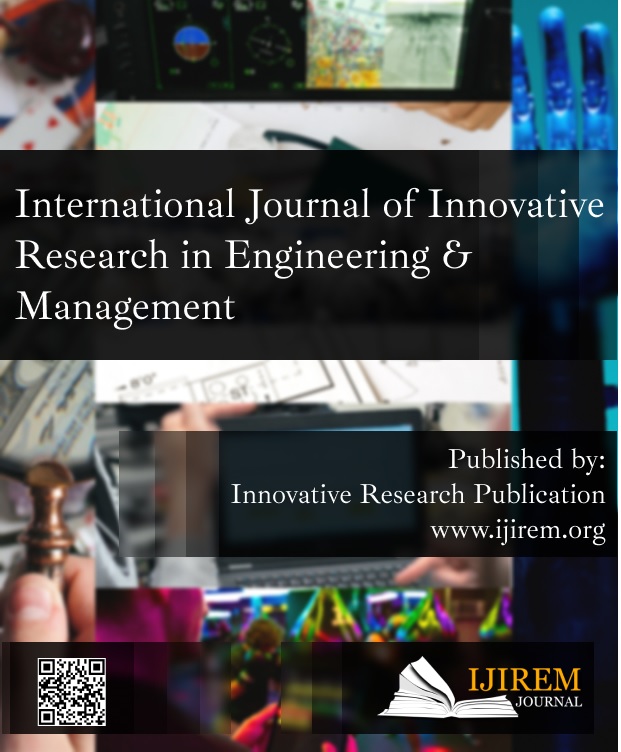Air Conditioning System Powered by Solar Energy
Keywords:
Air Conditioning System, CFC, Fossil Fuels, Photovoltaic, Solar EnergyAbstract
Solar-powered air conditioning systems are often extremely cost-effective when used in residential and commercial buildings. Today, energy is the greatest issue confronting humanity. Energy consumption is increasing due to the growing global population and the developing nations' economies. Solar energy is therefore the main alternative energy source that can meet the energy demand. For warm and humid regions, sustained comfort within the air conditioner is extremely important. Due to the intensive usage of the air conditioning system, the energy demand in mid summer increases. In order to overcome this shortfall in CO2 emissions which contributes to global warming, the country faced an enormous problem in the electricity scarcity, while the vapor compression air conditioning system disturbs the stratospheric layer of ozone because of the use of chlorofluorocarbons (CFCs) in coolants. Solar energy air cooling may be utilized with absorption chillier with solution of lithium bromide and water. The solar-powered air conditioning system helps to reduce the usage of fossil fuel. Liquid Dry Air Conditioning (LDAC) is one of the most efficient and environmentally friendly air conditioning technologies. LDAC may be powered by minimal energy, such as solar electricity. The usage of Si solar cells with structured glass packing covers improved conversion efficiency by 6% at normal angle of incidence.
Downloads
References
Jani DB, Mishra M, Sahoo PK. A critical review on application of solar energy as renewable regeneration heat source in solid desiccant – vapor compression hybrid cooling system. Journal of Building Engineering. 2018.
Ibrahim NI, Al-Sulaiman FA, Ani FN. Solar absorption systems with integrated absorption energy storage–A review. Renewable and Sustainable Energy Reviews. 2018.
Ashoka M, Shenbagavinyagamoorthib DN, Neelakrishnanc DS. Experimental Investigation on Solar Powered Auxiliary Automobile Air Conditioning System. Int J Trend Sci Res Dev. 2018;
Aman J, Ting DSK, Henshaw P. Residential solar air conditioning: Energy and exergy analyses of an ammonia-water absorption cooling system. Appl Therm Eng. 2014;
Xu Y, Li M, Luo X, Ma X, Wang Y, Li G, et al. Experimental investigation of solar photovoltaic operated ice thermal storage air-conditioning system. Int J Refrig. 2018;
Bouzenada S. Experimental performance of a solar thermal liquid desiccant air conditioning system – a
review. Renewable Energy and Power Quality Journal. 2018.
Gugulothu R, Somanchi NS, Banoth HB, Banothu K. A Review on Solar Powered Air Conditioning System. Procedia Earth Planet Sci. 2015;
Henning HM. Solar assisted air conditioning of buildings - an overview. Appl Therm Eng. 2007;
Ali AHH. Performance-cost and global warming assessments of two residential scale solar cooling systems versus a conventional one in hot arid areas. Sustain Energy Technol Assessments. 2017;
Hashe VT. Solar Heating and Cooling in Buildings – How Sustainable? Procedia Manuf. 2017;
